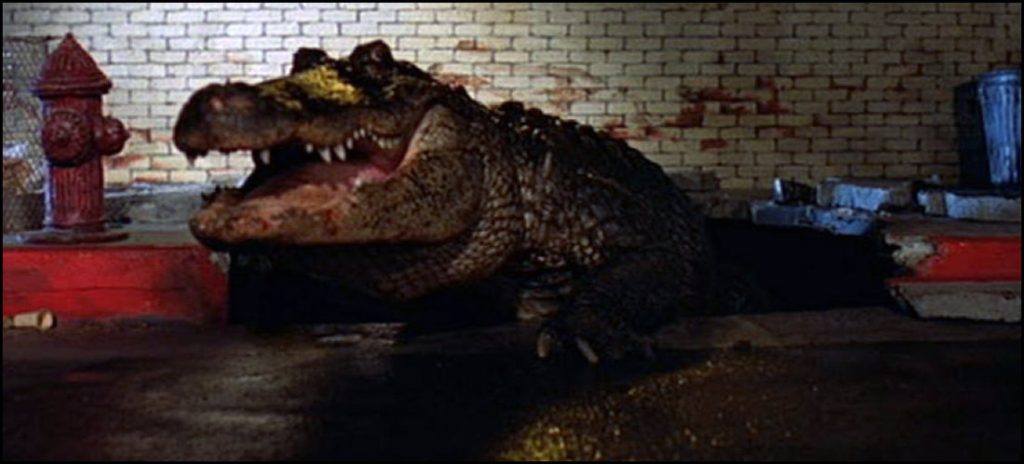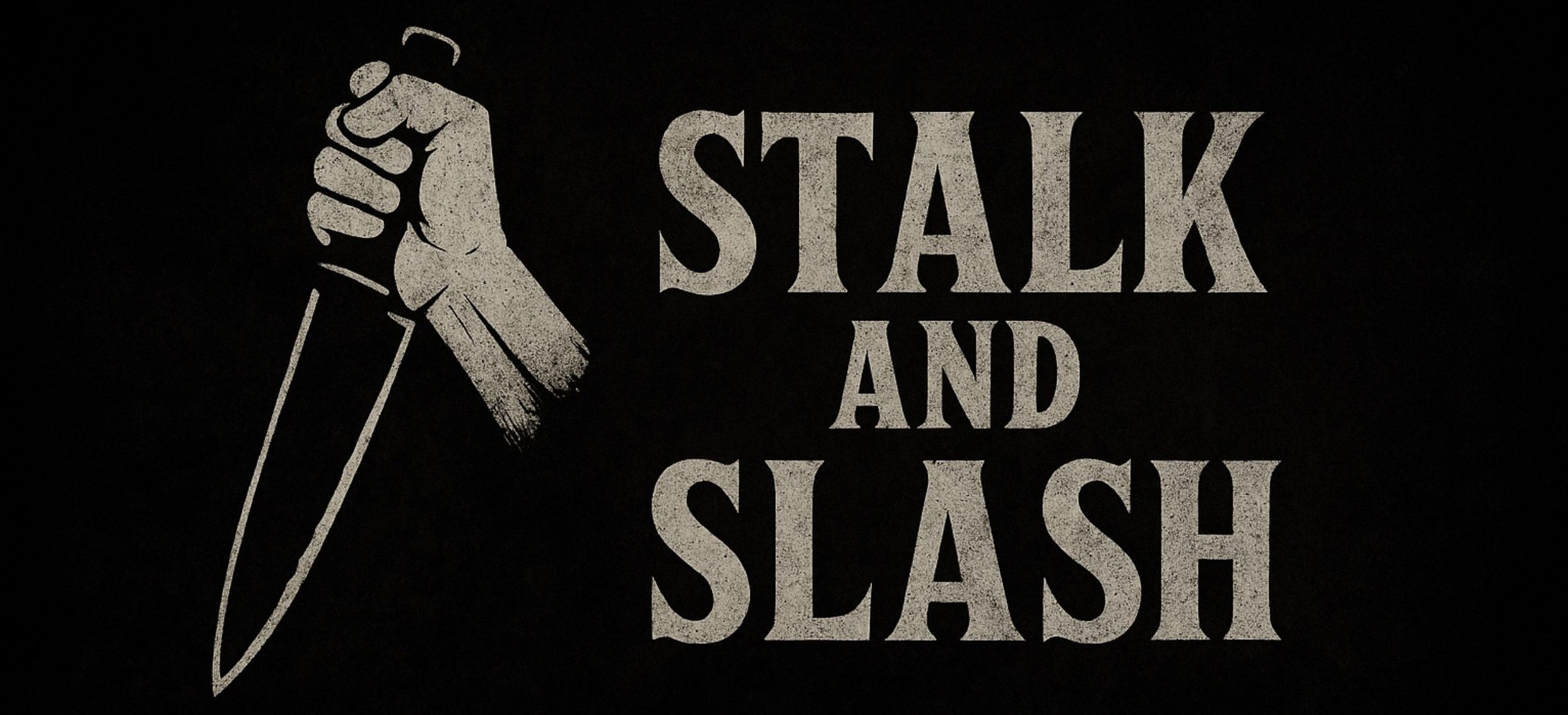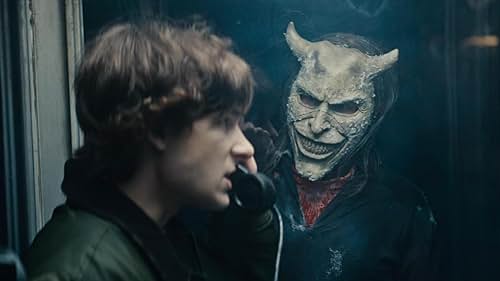Alligator Thrashes Its Way into the Third Class of the Hall of Killers
The sewers of Chicago have never been the same since a certain reptilian resident made his cinematic debut in 1980. Now, that very sewer monster has risen again, not to terrorize unsuspecting citizens from the drains below, but to claim a rightful place among horror’s cult icons. The Hall of Killers officially inducts Alligator into the Third Class, where the scaly legend will rub shoulders with other unconventional fiends who may not have the polish of Hollywood’s polished slashers, but have left tooth marks on cinema history all the same.

Alligator – A Sewer Legend is Born
Alligator slithered its way into theaters at the dawn of the eighties, directed by Lewis Teague and written by John Sayles, who knew a thing or two about crafting clever B-movie dialogue. What began as a riff on the old urban legend of pet alligators being flushed down toilets quickly mutated into something far grander. In this story, a baby alligator was flushed into the sewer system and, thanks to illegal chemical experiments, grew to monstrous size. Years later, it burst out of the depths to chew up policemen, wedding parties, and anything else foolish enough to cross its path.
The film was never meant to be high art, but it gleefully mixed creature feature thrills with satirical jabs at consumer culture and corruption. In many ways, Alligator anticipated the self-aware monster movies that would become popular decades later. And unlike some of its contemporaries, it holds up surprisingly well. If nothing else, it proves once and for all that you should not flush your pets down the toilet, no matter how small and innocent they may seem.

Third Class Standing
The Third Class of the Hall of Killers is where cult monsters truly shine. These are not the polished superstars like Freddy or Jason. Instead, they are the workhorses of midnight movie marathons and the legends whispered about by horror fans with a twinkle in their eye. Alligator fits perfectly here. Too oddball to be top tier, too beloved to be forgotten, the creature represents the best of practical monster design and unapologetic B-movie charm.
Alligator now joins fellow Third Class inductees who bring variety and color to the Hall. It stands alongside creations like The Stuff and Heart Eyes, proving that there is room in the pantheon for the bizarre, the absurd, and the gloriously messy.
A Monster with Bite

What sets Alligator apart is its sheer scale. This was no garden-variety reptile. This was a thirty-foot-long beast, lumbering through streets, bursting out of sewers, and chomping down on villains and bystanders alike. The attack scenes retain a visceral charm that CGI often cannot replicate. Watching a giant rubber reptile smash through city streets carries a tactile sense of fun that reminds us why practical effects still hold power.
And then there is Robert Forster as the weary cop David Madison, grounding the film with wit and gruff charm. Forster’s deadpan delivery made Alligator more than a silly creature feature. He gave the chaos a human anchor, ensuring the audience cared even as the alligator munched its way through extras like hors d’oeuvres.
In truth, Alligator has always lived in the shadows of bigger beasts like Jaws or Godzilla, but its cult appeal has only grown with time. Fans embrace its absurd premise, its sharp script, and its rubbery monster with equal enthusiasm. It is a movie that knows exactly what it is and has fun with it, which makes it the perfect candidate for Third Class recognition.
So raise a glass, or perhaps a manhole cover, to the sewer-dwelling star of the eighties. With this induction, Alligator finally crawls out from the pipes of obscurity and into the gleaming, bloodstained halls of horror history. And if you listen closely, you can still hear the faint splash of something big moving beneath the city streets.







